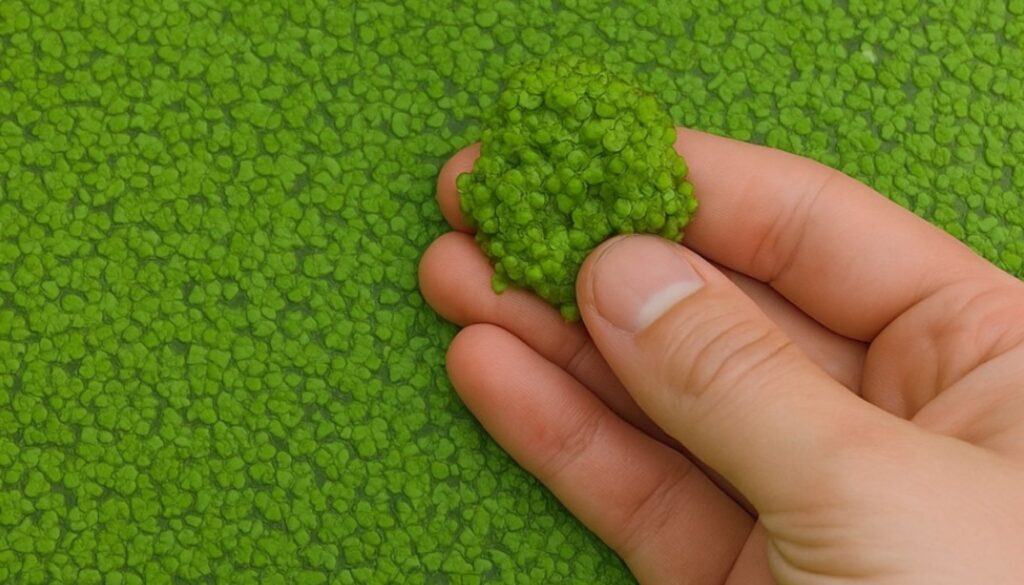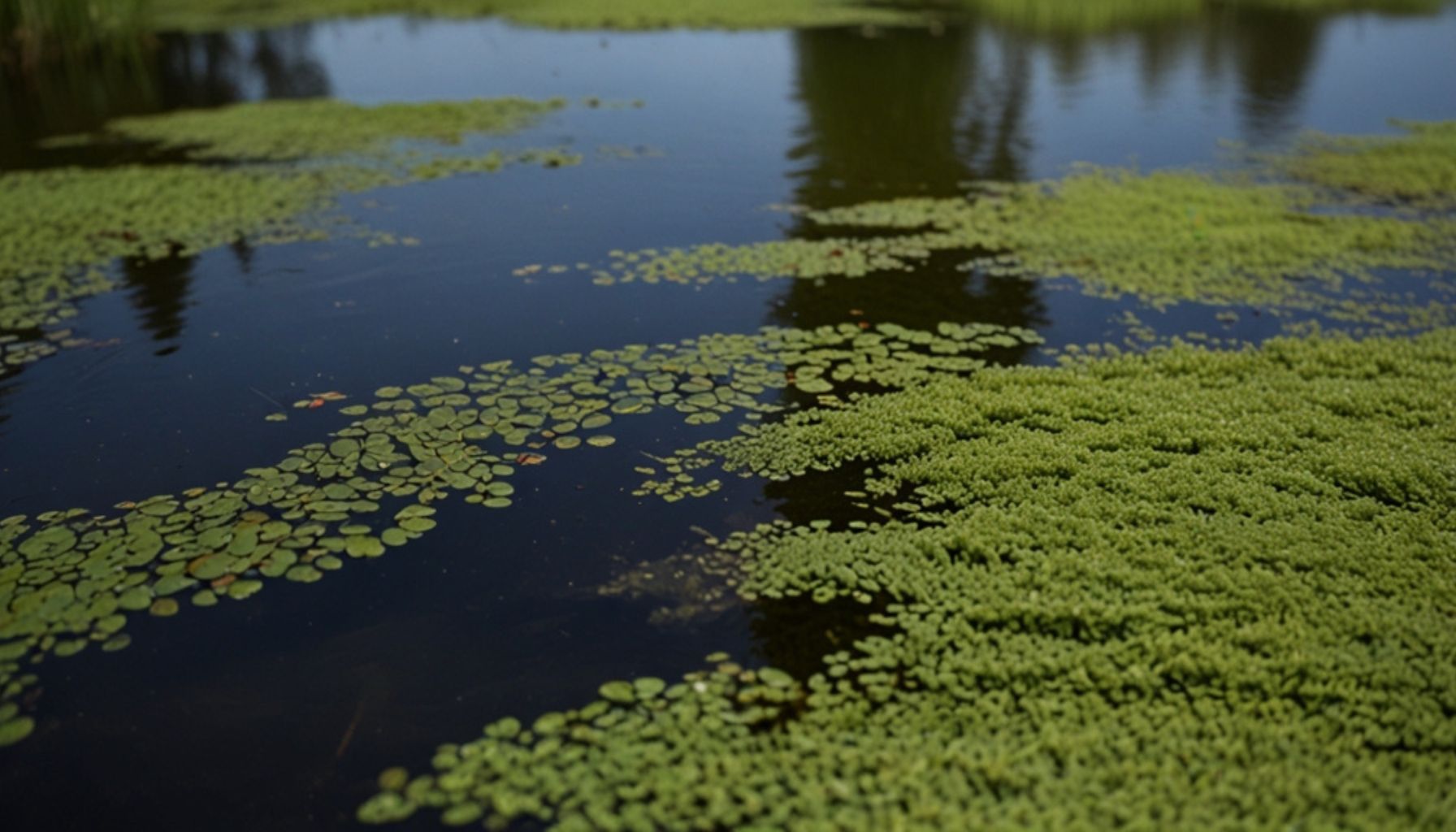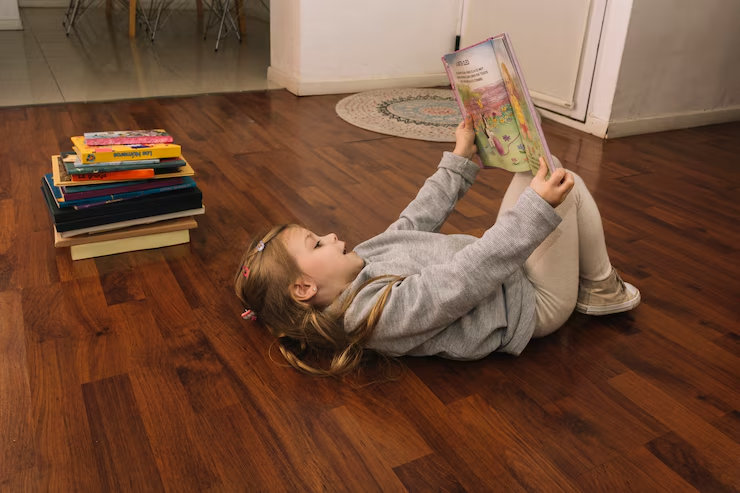Duckweed is a fast-spreading aquatic plant that can quickly cover ponds, lakes, and still water, blocking sunlight and disrupting oxygen levels for fish and other wildlife. While it’s tiny and looks harmless, it can become a big problem if left untreated.
Here’s how to get rid of duckweed effectively and safely, whether you’re working with a small garden pond or a larger body of water.
🌱 What Is Duckweed?

- Tiny, floating green plants (about the size of a pencil eraser)
- Reproduce quickly and form a dense green mat
- Thrive in still, nutrient-rich water, especially with lots of sunlight
✅ Best Ways to Get Rid of Duckweed
1. Manual Removal
Good for: Small ponds or early-stage infestations
- Use a fine mesh net, pool skimmer, or rake to scoop out duckweed
- Skim the surface regularly (daily if needed) to keep it under control
- Dispose of duckweed away from the pond—it can re-enter if left nearby
💡 Tip: Duckweed makes good compost when left to dry
2. Reduce Nutrient Levels (Starve It)
Duckweed thrives on nutrients like nitrogen and phosphorus, usually from:
- Fish waste
- Decaying leaves
- Fertiliser runoff
To reduce nutrients:
- Clean out organic debris (like leaves or algae)
- Use pond filters or install a vegetable filter zone with plants like watercress
- Avoid overfeeding fish
- Don’t use garden fertilisers near the water
3. Add Shade or Surface Plants
Duckweed needs sunlight to grow, so blocking light helps reduce its spread.
Add:
- Floating plants like water lilies or water lettuce
- Pond dye (eco-safe) to darken the water and block UV rays
This creates competition and helps slow duckweed growth.
4. Introduce Natural Predators
Some fish and wildlife eat duckweed:
- Koi and goldfish will nibble on it
- Grass carp are more effective (best for larger ponds or lakes) Check local regulations before introducing new fish species
5. Use a Duckweed-Safe Pond Treatment
Commercial aquatic-safe herbicides or duckweed treatments are available:
- Look for products with flumioxazin or diquat (safe for ponds if used correctly)
- Always choose one labeled as safe for fish and wildlife
- Follow instructions carefully to avoid harming the ecosystem
⚠️ Avoid These Mistakes
- Don’t use bleach or harsh chemicals – they kill pond life
- Don’t drain your pond – duckweed can return quickly
- Don’t ignore it – duckweed spreads rapidly and gets harder to remove over time
🧠 Summary Table
| Method | Best For | Effort Level |
|---|---|---|
| Manual removal | Small ponds or light growth | Medium |
| Reduce nutrients | All ponds | Ongoing |
| Add shade/plants | Natural control | Low |
| Add duckweed-eating fish | Larger ponds | Medium |
| Use safe pond treatment | Heavy infestations | Low–Medium |
Conclusion
To get rid of duckweed:
- Manually remove it regularly
- Reduce nutrients in the water
- Add shade and competition
- Introduce natural predators if suitable
- Use safe chemical treatments if necessary
With consistency and the right methods, you can restore a healthy, clear pond and keep duckweed under control long-term.
Also Check:
• How Can I Get Rid of Caterpillars?
• How Big Is 15 Meters Squared?








